Multi-Station Drip System Hose Bib Setup
shriba
14 years ago
Related Stories
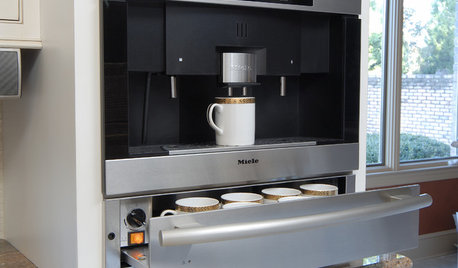
KITCHEN DESIGNWake Up Your Kitchen With a Deluxe Coffee Center
Get all the ingredients for the perfect morning jump-start with a station dedicated to your cup of joe
Full Story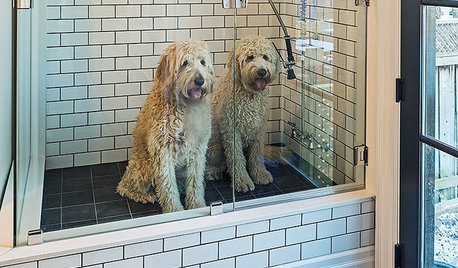
THE HARDWORKING HOME8 Laundry Room Ideas to Watch For This Year
The Hardworking Home: A look at the most popular laundry photos in 2014 hints that dog beds, drying racks and stackable units will be key
Full Story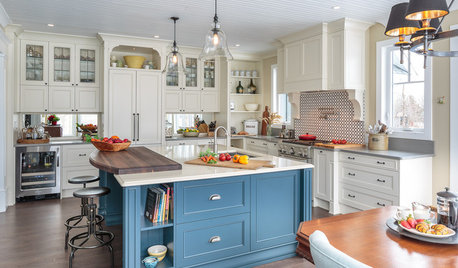
KITCHEN DESIGNThe Most Popular Kitchen Storage Ideas of 2015
Maximizing every inch, keeping necessities close at hand and finding room for technology top Houzzer favorites
Full Story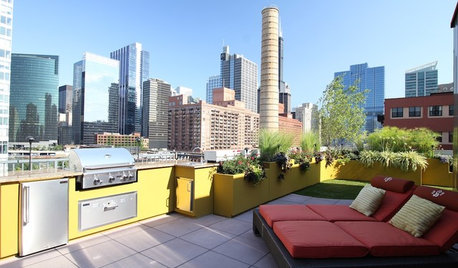
GARDENING AND LANDSCAPINGHow to Get an Outdoor Kitchen of Your Own
New project for a new year: Build a cooking space for your yard or patio to make entertaining a breeze
Full Story
SAVING WATERXeriscape Gardens: How to Get a Beautiful Landscape With Less Water
Conserve water and make gardening much easier with the xeriscape approach’s 7 principles
Full Story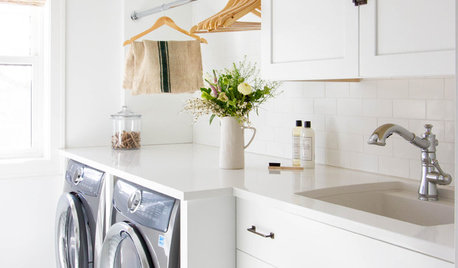
MOST POPULARHow to Remodel the Laundry Room
Use this step-by-step guide to figure out what you want and how to make it happen
Full Story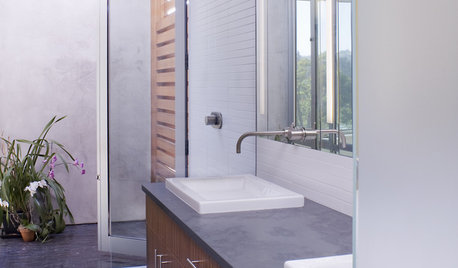
BATHROOM DESIGN10 Amenities to Make Your Bathroom Extraordinary
Go beyond the basics for a luxury bathroom experience, with extra-special options starting at only $25
Full Story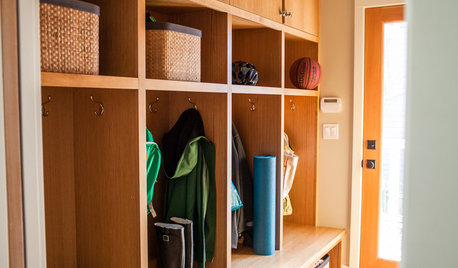
THE HARDWORKING HOMEMudrooms That Really Clean Up
The Hardworking Home: Houzz readers get down and dirty with their ideas for one of the home’s hardest-working rooms
Full Story
THE HARDWORKING HOMEWhere to Put the Laundry Room
The Hardworking Home: We weigh the pros and cons of washing your clothes in the basement, kitchen, bathroom and more
Full Story
LANDSCAPE DESIGNCalifornia Says Goodbye to the Sprawling Ornamental Lawn
New state rules will effectively limit turfgrass to 25 percent of the landscape in most new and renovated yards
Full StoryMore Discussions








lehua49
shribaOriginal Author
Related Professionals
Bridgetown Landscape Architects & Landscape Designers · Cottonwood Landscape Architects & Landscape Designers · Anderson Landscape Contractors · Wake Forest Landscape Contractors · Amesbury Landscape Contractors · Clearlake Landscape Contractors · Cockeysville Landscape Contractors · East Hanover Landscape Contractors · Fort Mill Landscape Contractors · New Berlin Landscape Contractors · Ridgewood Landscape Contractors · Tustin Landscape Contractors · Weymouth Landscape Contractors · Brockton Solar Energy Systems · Norwich Solar Energy Systemslehua49
shribaOriginal Author
shribaOriginal Author
shribaOriginal Author
lehua49
shribaOriginal Author
lehua49